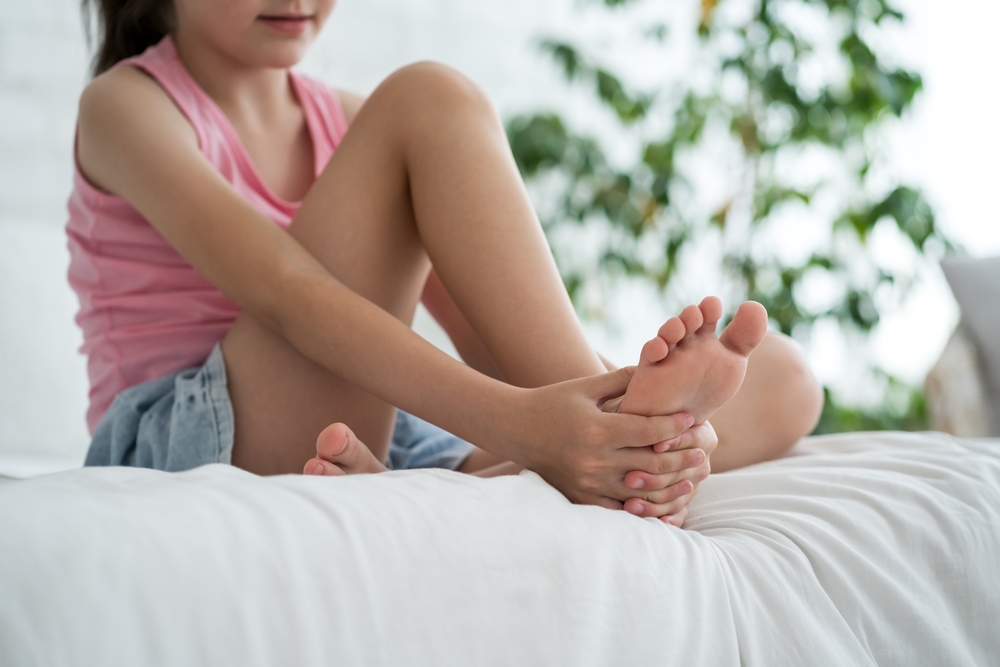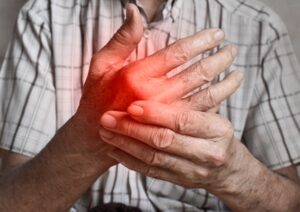Juvenile arthritis is an umbrella term for various autoimmune and inflammatory conditions that can develop in children under the age of 16. Unlike adult arthritis, which is often associated with aging and wear and tear on the joints, juvenile arthritis is caused by the immune system mistakenly attacking the body’s tissues, leading to inflammation in the joints and other organs. At Pacific Arthritis, we are dedicated to helping families recognize and manage juvenile arthritis early to prevent long-term complications and improve quality of life.
What is Juvenile Arthritis?
Juvenile arthritis (JA) refers to a range of conditions that cause chronic joint inflammation in children. The most common type is Juvenile Idiopathic Arthritis (JIA), which includes several subtypes based on symptoms, the number of joints affected, and other factors. Other types of JA include juvenile dermatomyositis, juvenile lupus, juvenile scleroderma, and Kawasaki disease. Each type has its own set of symptoms and treatment approaches, but all share the common feature of inflammation.
Early Signs and Symptoms of Juvenile Arthritis
Recognizing the early signs of juvenile arthritis is crucial for timely diagnosis and treatment. Here are some key symptoms parents should be aware of:
1. Joint Pain and Swelling: Persistent pain and swelling in one or more joints, often worse in the morning or after periods of inactivity. The knees, wrists, and fingers are commonly affected.
2. Stiffness: Morning stiffness that lasts for more than an hour is a hallmark of juvenile arthritis. Children may also experience stiffness after naps or prolonged sitting.
3. Fever and Fatigue: Unexplained fevers, often accompanied by fatigue and general malaise, can be early signs of JA.
4. Limping: A child may start limping without an obvious injury, particularly after waking up or being inactive.
5. Eye Inflammation: Chronic eye inflammation (uveitis) can occur in some forms of JA, leading to redness, pain, and vision changes.
6. Rash: Some types of JA, such as systemic JIA, can cause a rash that comes and goes with fevers.
7. Growth Problems: JA can interfere with normal growth and development, potentially causing uneven limb growth or joint deformities over time.
Treatments for Juvenile Arthritis
While there is no cure for juvenile arthritis, early diagnosis and treatment can help manage symptoms, reduce inflammation, and prevent long-term damage. Treatment plans are individualized based on the type of JA, the severity of symptoms, and the child’s overall health.
1. Medications:
- Nonsteroidal Anti-Inflammatory Drugs (NSAIDs): Used to relieve pain and reduce inflammation.
- Disease-Modifying Antirheumatic Drugs (DMARDs): Help slow disease progression and preserve joint function.
- Biologic Agents: Target specific parts of the immune system to reduce inflammation.
- Corticosteroids: Used to control severe inflammation and flares.
2. Physical Therapy:
Physical therapy is essential for maintaining joint function, improving range of motion, and strengthening muscles. Therapists work with children to develop safe and effective exercise routines.
3. Occupational Therapy:
Occupational therapists help children with JA perform daily activities and use adaptive tools to maintain independence.
4. Healthy Lifestyle:
A balanced diet, regular exercise, and adequate sleep are crucial for overall health and managing inflammation. Parents should work with healthcare providers to ensure their child’s lifestyle supports their treatment plan.
5. Regular Monitoring:
Regular check-ups with a pediatric rheumatologist are essential for monitoring the disease’s progression and adjusting the treatment plan as needed.
How Pacific Arthritis Can Help
At Pacific Arthritis, we specialize in diagnosing and treating juvenile arthritis. Our team of expert rheumatologists understands the unique challenges faced by children with JA and their families. We offer comprehensive care, including:
Personalized Treatment Plans:
We tailor treatment plans to meet each child’s specific needs, using the latest medications and therapies to manage symptoms and prevent complications.
Multidisciplinary Approach:
Our team includes physical and occupational therapists, dietitians, and other specialists to provide holistic care that addresses all aspects of the child’s health and well-being.
Support and Education:
We provide education and resources for families to help them understand the condition, manage symptoms, and support their child’s development.
Advanced Diagnostic Tools:
We use state-of-the-art diagnostic tools and techniques to accurately diagnose juvenile arthritis and monitor disease progression.
Conclusion
Early recognition and treatment of juvenile arthritis are crucial for preventing long-term damage and ensuring a better quality of life for affected children. If you suspect your child may have juvenile arthritis, don’t hesitate to seek professional help. At Pacific Arthritis, we are committed to providing the highest standard of care for our young patients. With locations in Los Angeles and Santa Monica, we are here to help your child live a healthy, active life despite the challenges of juvenile arthritis. Call us at (310) 297-9221 to schedule a consultation and start your child on the path to better joint health.




